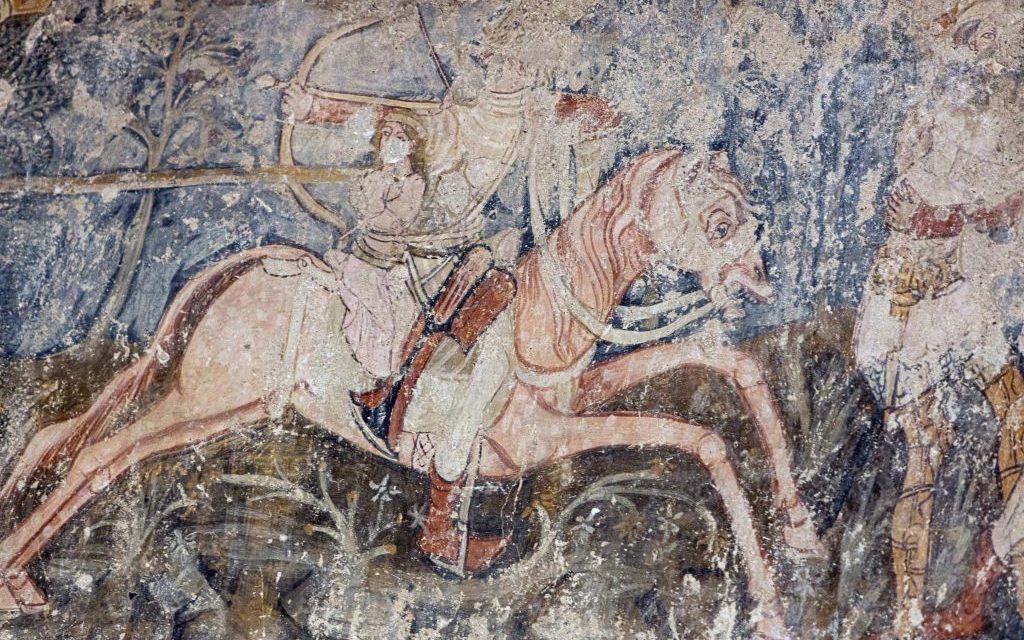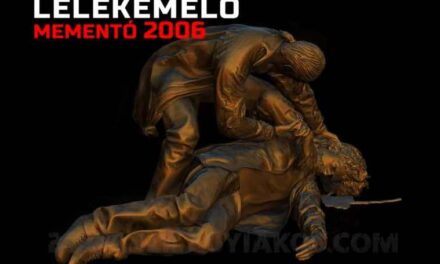In Somogyom, a small village in the county of Szeben, they found one of the largest art history memorabilia of recent years. The defaced walls of the abandoned Saxon church preserved the breathtaking frescoes of the Hungarian Middle Ages. The most typical Hungarian fresco cycle of medieval iconography, the Saint László legend, was also revealed.
An article published on the AVasárnap.hu portal reveals that the church, built in the 14th century, was richly decorated with frescoes in several phases. The Saint László legend was found intact on the top level of the ship. In addition to St. László, the legends of other saints were immortalized in Somogyom: the legends of St. Margaret and St. Catherine were also found.
As you can read, the legend of St. László represents a medieval iconographic program that was characteristic primarily in the territory of the Kingdom of Hungary. Previously, it was believed that the cult of St. László was limited to Székelyföld and the border regions in general, but it is now clear that it must have been popular throughout the entire kingdom, only from the interior of the country far fewer memories have survived.
Gábor Tóth's interview here .












